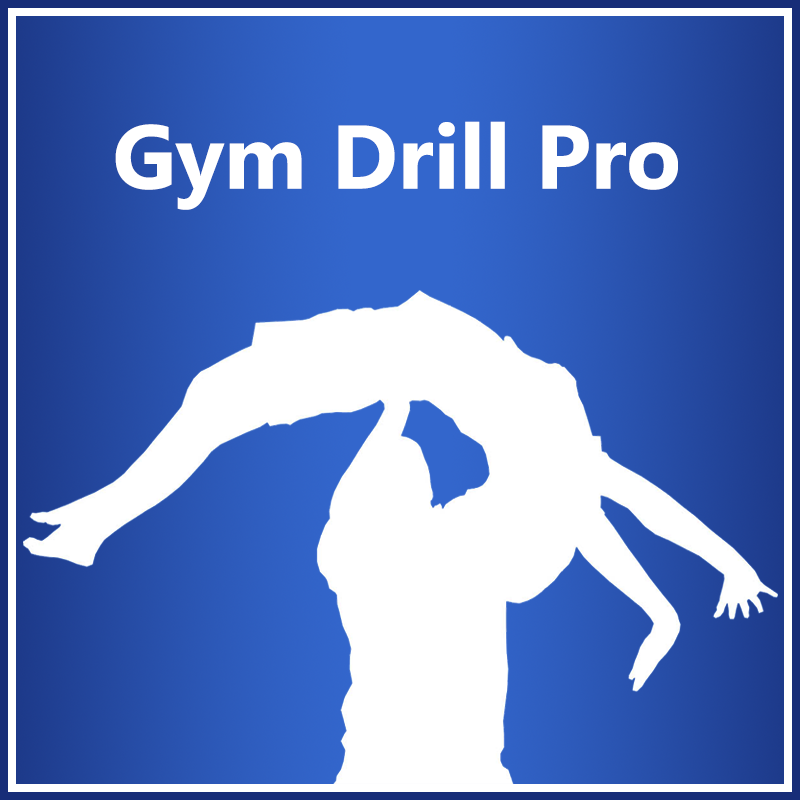

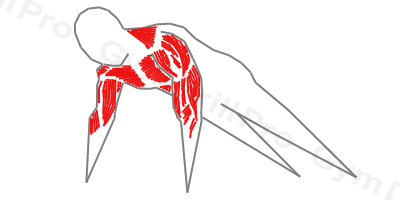
For gymnasts to lift and hold themselves with poise, they must rely on the strength of various muscle groups. Conditioning develops these muscles so they can provide the resistance necessary to complete key movements. For example, abdominal strenght skills build core muscles gymnasts rely on to hold their legs while performing on pommel horses and uneven bars.
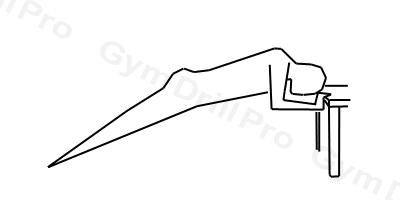
Place your hands on the corner of a table or seat of a chair and back into proper position. Keeping your body in a straight line with straight legs, arms, weight on the toes, and the abdominals and glutes braced, lower your body by bending the elbows. Paise the body by using the triceps to extend the elbows. A variation is Short Lever triceps Extention. People who find this movement challenging may shorten the lever by performing the movement from knees, thereby reducing the total percentage of the bodyweight being lifted, use a sturdy chair or coffee table for this skill, a standard table is too high.
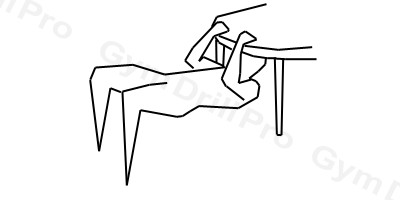
Lying on your back, set up under a sturdy table or tall chair with your hands grasping the outer edges, palms facing each other. With your torso and legs in a straight line, neck in a neutral position, knee bent at 90 degrees, weight on the heels and the abdominals and glutes braced, raise your body by bending the elbows. Variation is a long lever inverted curl. People who find this movement to be easy may lengthen the lever by performing the movement with straight legs that are elevated on to another chair of the bench, thereby increasing the total percentage of body weight being lifted.
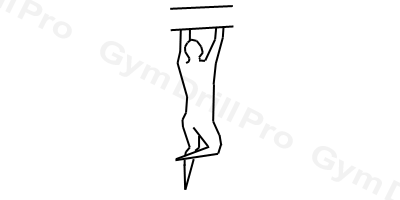
Begin in a full stretch position, hanging from a secure rafter or a chin-up bar with straight arms and undergrip. The toes will be off the ground and the knee can be bent that is more comfortable. Pull the body over the chin-up bar to the sternum height while keeping the core stable. Lower the body under control making sure you come all the way down.
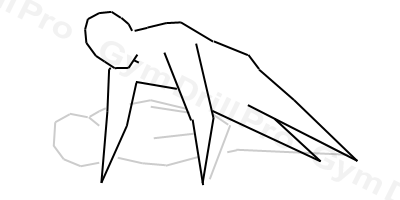
Lie face down with the hands positioned shoulder-width apart and elbows tucked into the body. With the feet together and core stable, press the body up. Lower the body until the chest touches the floor.
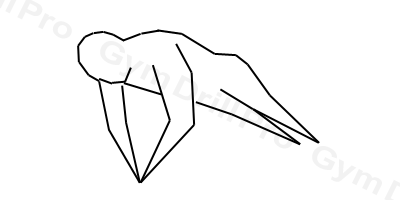
This push up is a bit more challenging than the regular one because it relies more heavily on the triceps. This variation is performed with the hands touching each other.
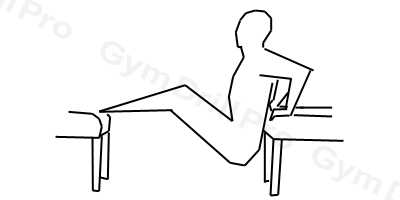
Set up three chairs so that your feet are resting on one and your body is centered between the other two. If you have benches you can use them too. With your palms on the end of the chairs, fingerings toward, and your torso upright and legs in a straight line, lower the body under control until you receive an adequate stretch. Upper arms parallel to the floor is deep enough. Push your body up back to the straight position.
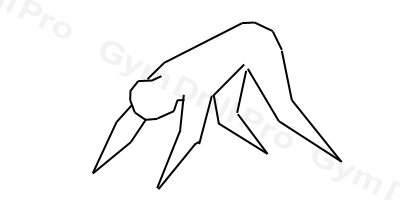
Stand with feet wider than hip-width and set up as you would in the bottom of a push-up position, but keep your hips up. Push up and back while crouching at the hips, keeping the hips higher than the shoulders. Return to starting position. The eccentric component or the lifting part of the movement, when the muscles are shortening should be an exact reverse of the concentric component, or the lowering part of the movement when the muscles are lengthening.
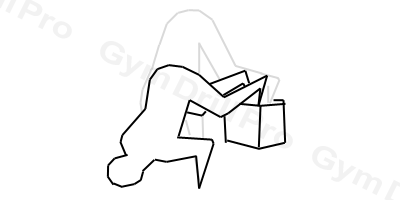
Place your hands on the floor just wider than shoulder-width and your feet on top of a sturdy chair, box, or weight bench. Pike up into on L position by walking your hands back while flexing the hips and raising your buttocks towards the ceiling, then lower your body toward the floor by bending your arms. When your head reaches the ground, reverse the motion to starting position by locking out the arms and pushing the body high and away from the floor.
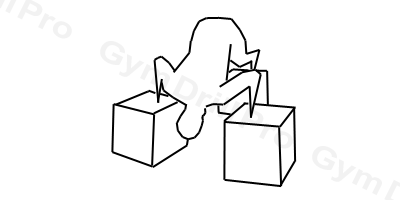
Once you become proficient in the feet elevated pike push up, increase the range of the motion by performing the exercise between two chairs or boxes. This allows the head to travel farther down, pacing more stress on the shoulder muscles and creating a more effective movement. The near chair should be taller than the two front chairs.
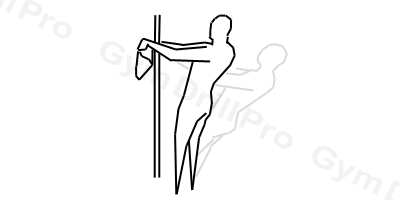
From standing position with a towel wrapped around a pole, grab the ends of the towel and lean back into position. Keeping the body in a straight line, raise your body by bringing the arms out to sides. Control the descent back to the starting position.
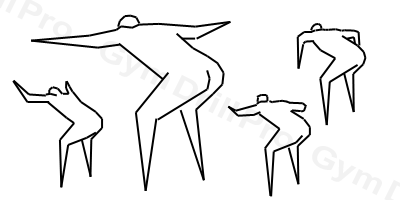
Drom a starting position, bent at the hips past a 45-degree torso angle, maintaining a neutral spine while sitting back and stretching the hamstrings. Perform 10 dynamic Y motions by forming a Y with the arms, returning to starting position after each repetition. Switch to 10 T motions with the arms, followed by W motions. Transition into L motions by holding the arms straight out with the elbows bent at 90 degrees and rotating the shoulder joint so that the forearms move from vertical to the ground to parallel to the ground.
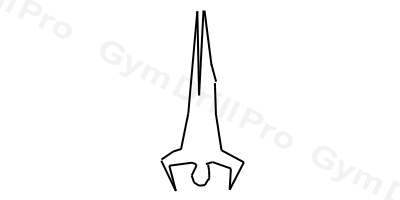
Starting on your hands and knees, place your feet against the wall and walk your way up into a handstand position so that your toes end up against the wall, your body is relatively vertical and in a straight line, and you are facing the wall. Lower the body slowly is bending the elbows until the head reaches the ground. Reverse the movement and raise the body back to starting position. When the set finishes, walk your way down the wall back to your hands and knees.
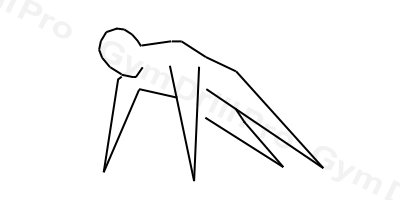
Place your hands slightly wider than shoulder-width and your feet close together on the ground with your body in a straight line from heels to head. With the arms at a 45-degree angle the hands positioned directly under the elbows, the glutes and abs contracted, and the entire body tight, lower yourself until your chest touches the ground. Reverse the movement and raise your body until your elbows lock out.
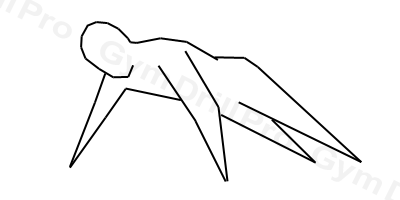
The wide width push up targets the pectorals muscles differently than the regular push up. To reform this movement, Place the hands higher and wider on the floor compared to the standard version.
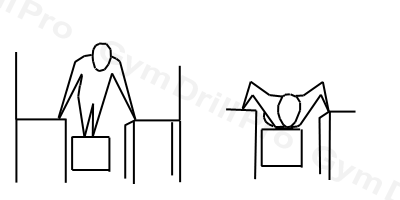
Place your feet on the top of the couch, chair, or box and your hands on top of two chairs positioned slightly wider than shoulder-width apart. You also could use objects such as a weight bench and two boxes. Keeping the body in a straight position and glutes tight, descend until you feel a stretch in your pecs. Reverse the movement and push your body up until your elbows lock out.
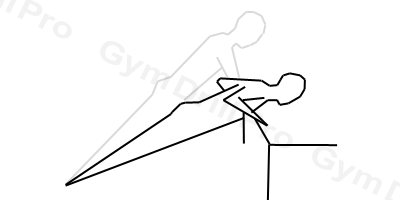
Place your hands on top of a chair or table slightly wider than shoulder-width and your feet close together on the ground. Keeping your glutes contracted and your body in straight line, lower yourself until your chest touches the chair or table. Reverse the movement and raise your body until your elbows lock out.
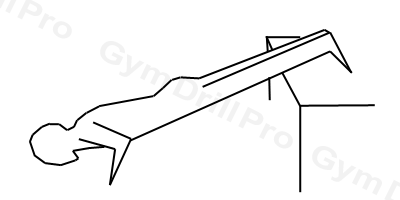
The feet elevated push up is an advanced pectoral exercise that uses a greater percentage of body weight and changes the angle to make the movement more like an incline press, thereby activating more upper pectoral musculature. Although you need to go deep for maximal effectiveness, try not to look up too much at the bottom of the movement so you do not hyperextend the neck.
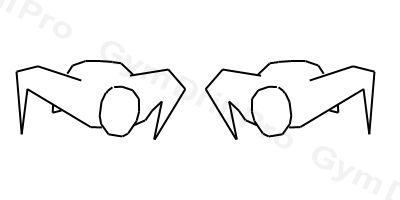
Begin in a standard push up position, in front support. As you descend into the push-up, lean to one side, placing more stress on the side that you are leaning toward. Push up to lockout and alternate on the other side.
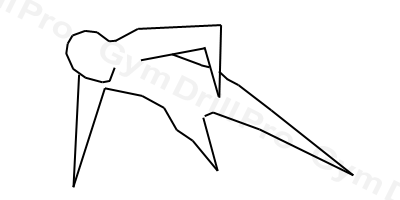
Take a wider than normal stance. Place one arm under your body and grab your upper outer leg with the nonworking arm. Lower your body while keeping the grounded arm tucked in close to the torso, keeping straight, the core tight and the hips square. Lift yourself to lockout while preventing excessive lateral and twisting motions.
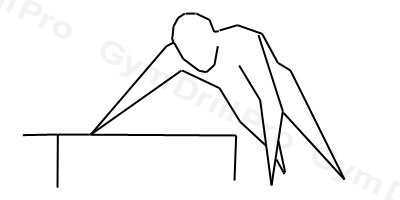
You can perform a self-assisted one arm push up by placing one hand on top of a sturdy chair, weight bench, or stair and relying on the other arm, hand on the ground, as much as possible to execute the push-up. The land on the chair or bench provides the minimum amount of resistance to help you achieve the repetition. This is an effective movement and serves as a valuable intermediate exercise between two arm push-ups and one-arm push-ups.
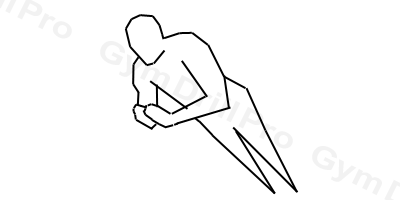
Begin in a standard push up position with feet close together and arms slightly wider than shoulder-width. Lower the body and then propel the body upward as forcefully as possible, keeping the feet on the ground. Once airborne, clap the hands together and then catch the body in a standard push up position.
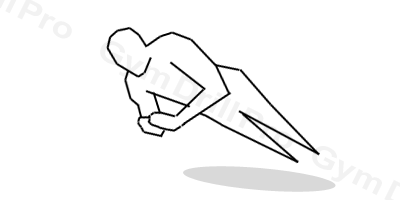
The whole body clapping push up is the most advanced variation of the mix because it requires incredible upper body explosiveness and core strength. The goal is to spring the body upward with enough power to propel the entire body off the ground. Aim for maximum height and maintain the quality throughout the set. Land properly by having the feet touch the ground first and then absorbing the impact through eccentric contraction of the upper body pressing muscles.
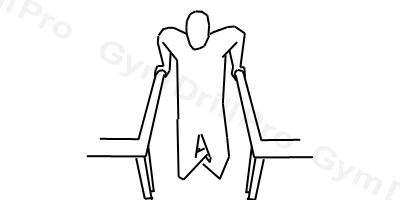
Begin with the hands placed on the backs of two chairs or tables and the knees bent so the feet are off the ground. Instead of chairs or tables, use parallel bars or chest dip bars, if available. Keeping the forearms relatively vertical, lower the body until you feel stretched in the pecs. Slightly lean forward. Reverse the movement until the arms are locked out.
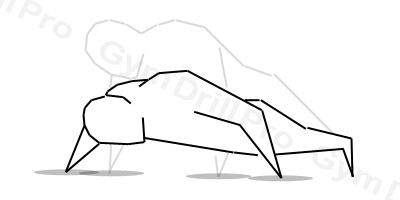
Begin in a standard push up position with both hands on paper plates, flared out slightly. Instead of paper plates, you also could use commercially available sliding discs or, on a slick floor, small hand towels. Lower the body while sliding the arms out away from the body until the chest touches the floor. Push the body up to the starting position.
Integral part of gymnastics coaching process are skill drills. They help gymnasts to learn easier and technically correct. With GYM DRILL PRO you will find variety of ideas for the most the basic gymnastics skills. There are plenty of images with skill drill progressions. It is intended to support explicitly the qualified coaches in their daily coaching business. DO NOT practice without the guidance of proper professionals.